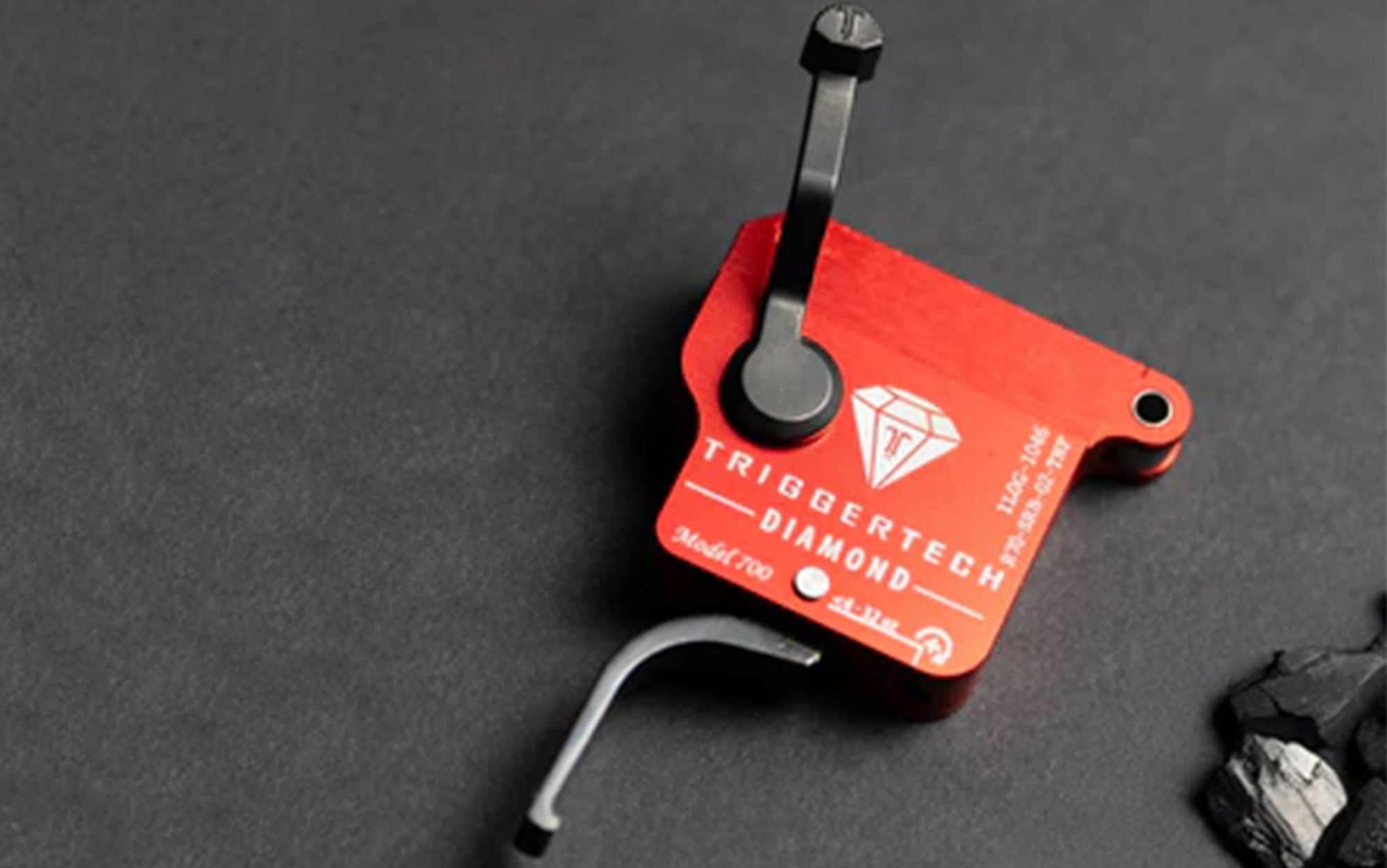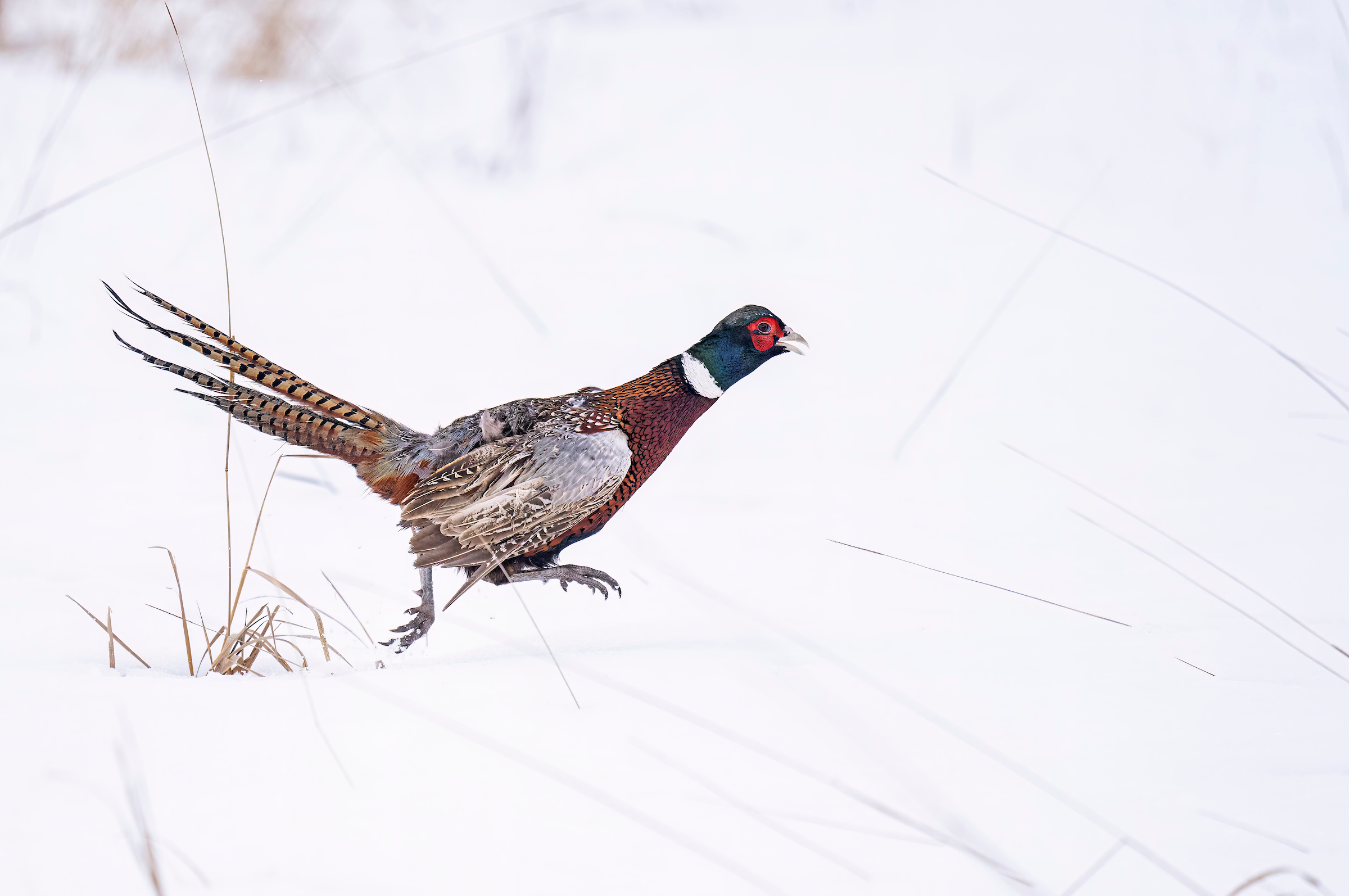How to Survive When All Water Is Gone
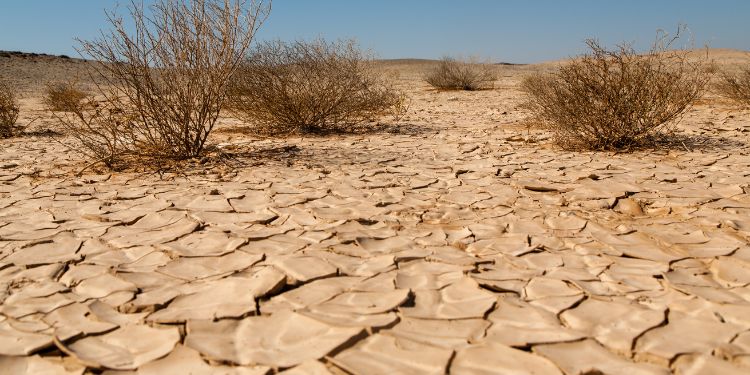
Part of what I love about prepping is thinking seriously and practically about what the future holds and how to adapt to your new circumstances if it’s terrible or particularly challenging. Prepping, after all, is about being ready to survive in a world as we DO NOT know it.
Anyone who has prepared for the unforeseen knows that no matter how well you plan, your plans almost always fall short. Innovation and knowledge are what enable you to adapt. This article should broaden your understanding of water. It will tell you about some innovations around getting water. Hopefully, it will help you adapt should circumstances demand it.
In the following paragraphs, we will explore how to survive in a world without water. Obviously, we don’t mean that all instances of the chemical H2O no longer exist. We are thinking about how to get water when all known water sources are either dried up, contaminated, or inaccessible.
AWG’s
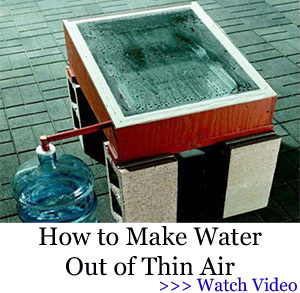 The first concept we are looking at is AWGs or Atmospheric Water Generators. These sound high-tech and there are high-tech versions that you can buy, but you can also build a functioning basic version yourself, using this guide. The principle is that AWGs capture moisture from the air and condense it into drinkable water.
The first concept we are looking at is AWGs or Atmospheric Water Generators. These sound high-tech and there are high-tech versions that you can buy, but you can also build a functioning basic version yourself, using this guide. The principle is that AWGs capture moisture from the air and condense it into drinkable water.
A particularly important concept is referred to as “Dew-Point”. Dew-Point is the temperature at which moisture will condense from air.
To take advantage of this, you need to cool a surface to Dew-point to cause condensation.
This is similar to when you leave a glass of ice water outside and condensate forms on the outside. The higher the relative humidity is, the better this will work. The process is also more efficient if the surrounding air is cool, so the best time to harvest moisture is at night, especially before dawn.
Grey Water Condensate
Make every drop count by recycling grey water. Typically, this would mean ensuring that water used for whatever purpose gets used again for irrigation. You could do this, but if water is scarce, consider purifying grey water for drinking. This could be done with a basic condensation setup, in which water in an enclosed environment condensates onto a tarp or plastic sheet. Once again, the idea is to capture the condensation for drinking water.
Related: How Much Water You Should Store for Your Family
You can also speed up the process by boiling the water or adding heat. This is a typical distillation process. A practical way of condensing clean water from grey water would be to capture grey water in a dark-coloured tank and leave it in the sun. The heat will cause evaporation to occur. A system of pipes could channel the moisture-rich air into a cooling chamber, where it can condense into a liquid.
Dew Nets
Dew nets are another great way to passively gather moisture from the air and turn it into fluid water.
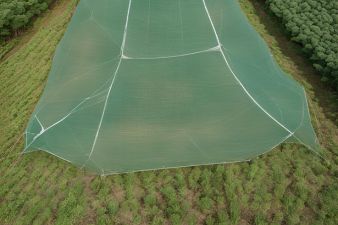
You must select your location well, preferably in a foggy, humid environment. Escarpments and low-lying areas will be ideal.
The natural cooling associated with nighttime and cold air’s propensity to move downward toward the lowest point in the surrounding area should be your two main criteria when selecting a location.
The idea is to plant vertical poles and suspend nets between them. Fog or very moist air will leave water droplets on the nets.
Once again, you will need to use some material as a channel into which the captured water can drip, and that will allow the water to flow to a single collection point. Expect low yields, but you can keep hydrated with a relatively small setup. Nets, like 20% shade cloth, should work well, and you can easily do multiple layers a few feet apart.
Food Preparation and Cleaning Up
When we cook food, a lot of moisture is lost. In a world where water is particularly scarce, it would be best to avoid any loss of precious moisture.
Use pressure cooking pots to cook food. This will ensure that none of the moisture gets lost by steam. Avoiding food processing techniques that require much cleaning up afterwards would also be a great idea.
If you are cutting vegetables, be sure to add scraps to your grey water distillation tank, as this will allow you to capture the moisture trapped in the plant.
Fremen Water Discipline
Frank Herbert’s “Dune” series introduced us to the Fremen, a hardy nation of desert-dwelling tribes. They view water on their planet as sacred, including the water inside a person’s body.
The Fremen wore “stillsuits”, which captured all breath, perspiration, urine, and everything else and then purified it so that the person could drink it. The concept is similar to a sealed environment in which plants are grown. The moisture in the environment can never leave; it can only move from air to soil to inside the plant.
If we ever find ourselves in a world completely devoid of water, the Fremen’s water discipline could be a good starting point for preserving it. Culturally elevating water to a sacred substance and treating people with absolute scorn if they waste it could help us survive with very little water.
For those who want to stay ahead of potential water shortages, this DIY device might be the answer. It generates clean drinking water around the clock, and its a practical and low-maintenance way to secure clean water, even when traditional supplies are exhausted. A perfect addition to any prepper’s toolkit, it’s designed to work tirelessly with minimal effort from you, keeping you prepared for whatever may come.
You may also like:
 Bartering Items You Need to Stockpile for the Next Financial Crash
Bartering Items You Need to Stockpile for the Next Financial Crash
How to Test Your Water to See if It’s Still Safe to Drink (Video)
10 Items That Vanished When the Great Depression Hit
Apocalypse Survival Foods You Should Stockpile Right Now
Cheap and Easy DIY Fire Starters That Every Prepper Should Know
Read the full article here



